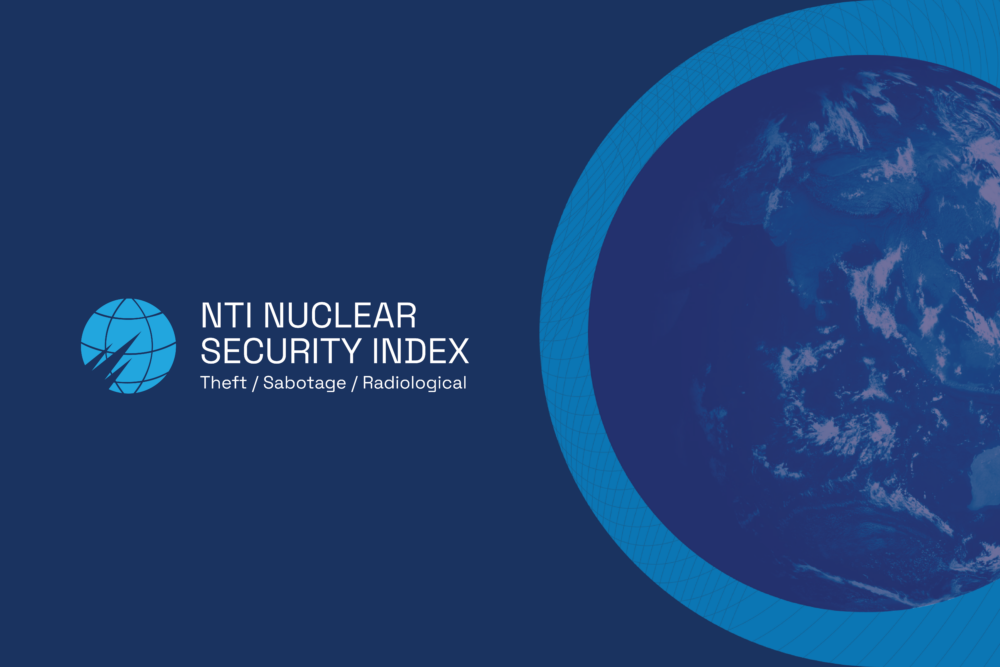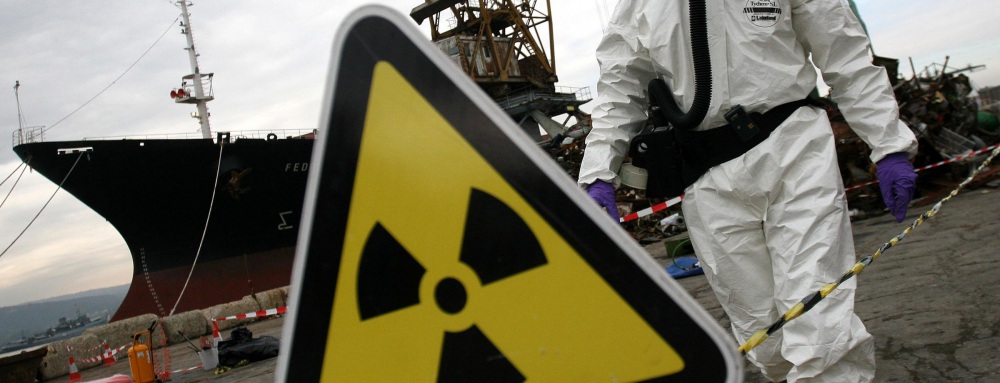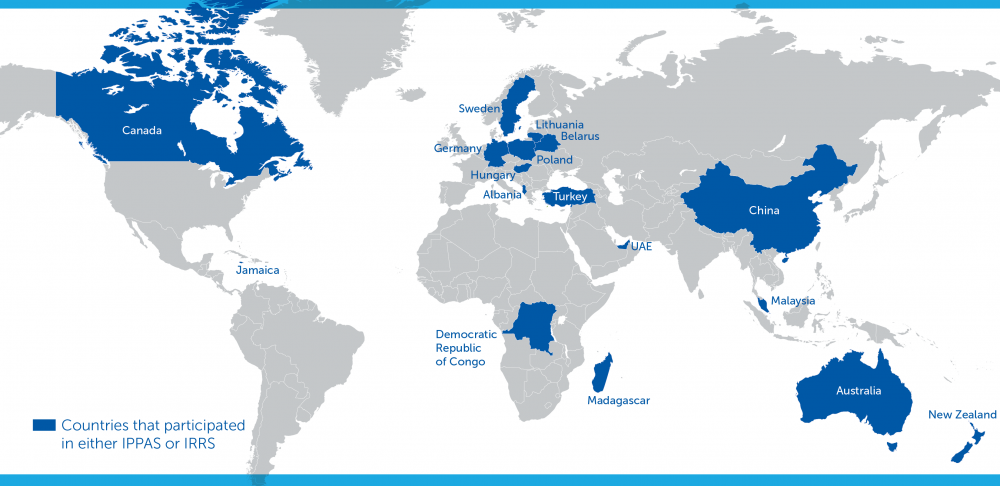
Global Dialogue Discussion Paper: Strengthening the Security of Radiological Sources
This is an excerpt from a discussion paper prepared for the seventh meeting of the Global Dialogue, titled “Strengthening the Security of Radiological Sources.” To read the full paper, click the link below.
INTRODUCTION
Today, there are tens of thousands of radioactive sources used worldwide throughout medicine, industry, agriculture, academia, and government facilities for a variety of purposes, stored in thousands of facilities—many of which are poorly secured and vulnerable to theft. These sources pose a serious threat and could be readily employed for use in a dirty bomb. Radiological terrorism is an increasing threat and states as well as the private sector must do more to secure these dangerous materials and keep them out of the hands of terrorists. A dirty bomb detonated in a major metropolitan area could result in economic losses in the billions of dollars as a result of evacuations, relocations, cleanup, and lost wages. In addition, panic and psychological impacts may contribute to the impact of a dirty bomb.
Progress has been made in the past decade on securing radiological sources through efforts by the International Atomic Energy Agency (IAEA) and various national and international programs. In addition, leaders also have placed increased attention on radiological materials security through a series of four Nuclear Security Summits (NSS). However, despite these efforts, gaps still remain in the international radiological security regime and there is a lack of international political imperative to strengthen radiological security standards.
Implementation of existing international standards and adherence to the Code of Conduct for the Safety and Security of Radioactive Sources (CoC) and the supplementary Guidance on the Import and Export of Radioactive Sources (supplemental Guidance) remains far from universal, and no global legally-binding standards exist for holding countries accountable for security at radiological facilities or throughout their lifecycle. While a limited number of states have taken steps to secure their highest risk radiological sources by a specific date (in accordance with the 2014 NSS Joint Statement on Enhancing Radiological Security), a vast number of radiological sources exist around the world and are potentially vulnerable to terrorists seeking to acquire these materials.
Stay Informed
Sign up for our newsletter to get the latest on nuclear and biological threats.

The 2023 NTI Nuclear Security Index
“The bottom line is that the countries and areas with the greatest responsibility for protecting the world from a catastrophic act of nuclear terrorism are derelict in their duty,” the 2023 NTI Index reports.

Tutorial on Nuclear and Radiological Security
Nuclear and radiological security aims to ensure nuclear and other radioactive materials are secure from unauthorized access and theft, and that nuclear facilities are secure from sabotage.

Countries Worldwide Take Steps to Improve Nuclear Security
Since the third edition of the 2016 NTI Nuclear Security Index, many countries have taken positive steps to improve their nuclear security conditions. NTI is tracking these improvements, which will be reflected in the next edition of the NTI Index.

